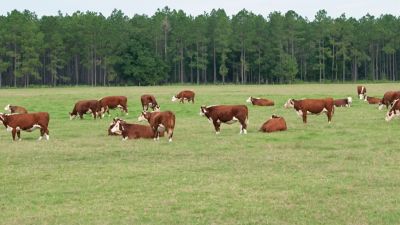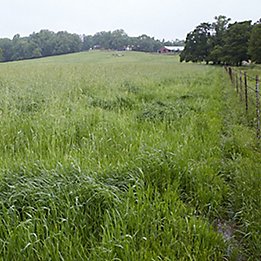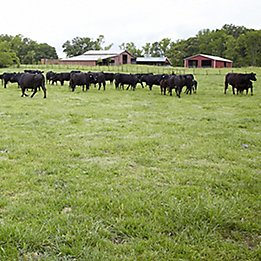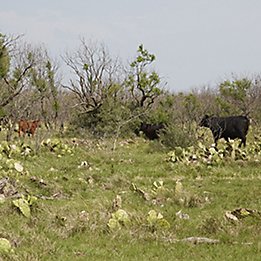With the TruChoice® Offer, you can save at the time of purchase on 100+ leading crop protection products like this one. Fund a prepay account with Corteva Agriscience to start saving.
Tell me moreOther solutions
Looking for similar or complementary products? Check out these related options.









